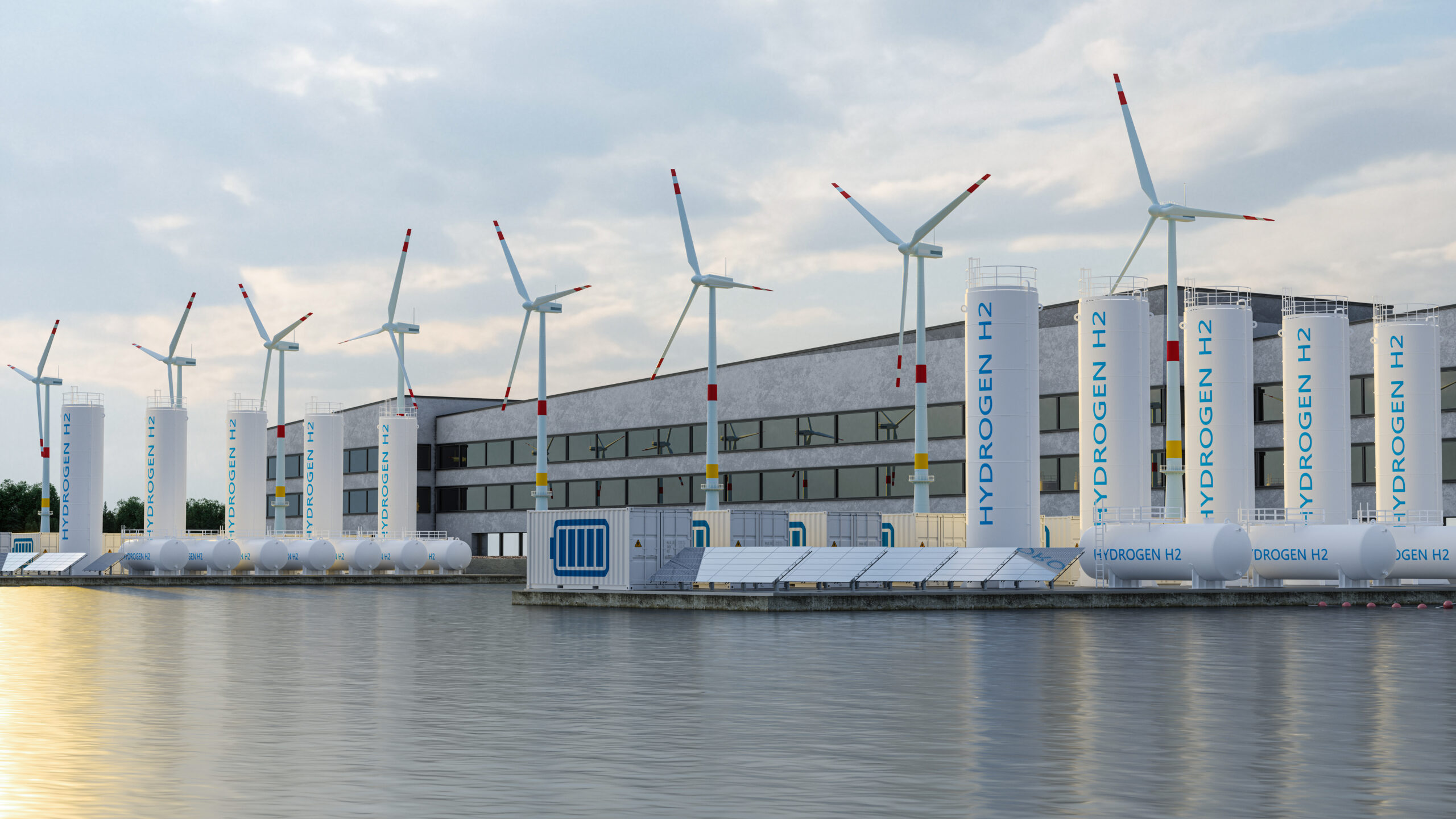This article originally appeared in the Economic Times on 26 May, 2024
In India, core technology advancements in clean hydrogen research primarily stem from premier institution research centres, funded by government agencies. These include areas such as electrolyser membrane materials and efficient industrial burners.
India is targeting the production of 5 million tonnes of green hydrogen by 2030, which is one of the most ambitious targets set by any country in the world. This strategic pursuit underscores India’s proactive engagement in frontier decarbonisation technologies, reflecting a determined stance to achieve energy security and domestic clean energy-led growth.
Confidence in these aspirations is warranted, given India’s favourable geography to harness renewable energy and a pool of experts in hydrogen technology across diverse domains. The nation is home to premier institutions and organisations with proficiency in electrochemistry, fuel cells, electrolysers, renewable energy, bio-technology and related disciplines pertinent to the clean hydrogen domain.
Closer scrutiny reveals a small group of innovators working towards developing technologies across the clean hydrogen value chain with visible commercialisation pathways—often, their ambitions extend beyond domestic borders, positioning them as potential global contenders.
Rapidly progressing ventures in this realm usually comprise founding teams with a rare mix of deep domain expertise, ability and perseverance to identify and recruit world class talent, access to local engineering and a specialised manufacturing ecosystem, strong motivation to build a world class product companies, and a culture of frugal innovation to develop world-class solutions.
However, the larger landscape of clean hydrogen technologies in India appears sparse and inadequate, signalling an opportunity for technology development and investment. Often, there are only one or two start-ups developing reliable solutions with market potential for one part of the value chain, slowing down the pace of innovation.
Gradual change
The status quo is changing at a gradual pace. Some of the academic institutions are developing a relatively stronger collaboration with industry, by developing sector-specific industry-academia consortiums. States such as Telangana have also established research and innovation circles with a primary objective of fostering collaboration among industry and academic institutions. We have anecdotal reports of a higher number of young researchers exploring setting up business ventures in their field of expertise.
Ventures capital firms active in the larger Indian start-up space have also forayed into the clean hydrogen space, and two of them, developing clean hydrogen production technologies, have been funded so far. The state and central governments are conceptualising hydrogen valley innovation clusters to fund technology development and commercial pilots across the hydrogen value chain. In addition, process technology companies looking to expand in the clean energy space are also scouting for technologies with commercialisation potential.
We believe that stakeholders looking to catalyse clean hydrogen adoption need to build upon these early developments and deeply invest in an ecosystem that enables commercialisation of cost-effective, reliable and scalable solutions across the clean hydrogen value chain.
Key stakeholder actions to accelerate clean hydrogen advancement in India
Through our extensive outreach and engagements with start-ups, investors, industry, research institutions, and domestic and international innovation hubs, we have identified key challenges and interventions needed to catalyse the clean hydrogen ecosystem.
Research to business venture
In India, core technology advancements in clean hydrogen research primarily stem from premier institution research centres, funded by government agencies. These include areas such as electrolyser membrane materials and efficient industrial burners. However, translating this research into commercial ventures faces hurdles such as insufficient institutional support, weak market validation, and low researcher motivation. To bridge this gap, there is a need for market-driven research programmes, encouraging researchers to venture into entrepreneurship or licensing their technology with established companies, ensuring alignment with the needs of the energy market. Specific mechanisms for licensing clean hydrogen technologies are crucial for companies expanding in this sector.
Product development
Innovators who are part of early-stage ventures developing new products in the clean hydrogen space encounter a shortfall in risk capital needed to develop and validate their offerings. While investors express interest in investing in clean hydrogen start-ups, funding in this space remains insufficient to support development of minimum viable product/early-stage prototypes. There is a strong need to provide either grant or equity/pre-seed capital in early phases of such ventures to develop minimum viable products.
Commercialisation and scale-up
Product development in clean hydrogen is led by experts in technical field such as chemistry, material science and biotechnology However, teams of technical experts often lack a growth-oriented process capable of rapidly scaling up and commercialising once a minimum viable product (MVP) is established. We have observed a strong need for business mentorship to help them quickly build growth skills, go-to-market strategies, or help them identify strategic partners who could commercialise their products.
Entities which have developed their MVPs might find that evolving it into an industrial product requires a different set of skills. At this point, industry experts who can provide them with guidance, particularly in combining products with other systems, is critical in maturing the product for large scale deployment. However, interactions between technology developers and appropriate technology experts outside of academia are limited, due to lack of one-to-one matching mechanisms.
Commercial deployment
Start-ups that have developed clean hydrogen solutions at industry scale for India and the global market may not necessarily be market-ready to deliver to their first customer yet. These entities would need to deeply understand Indian and global market landscape, identify target customer segments and develop winning strategies, establish partnerships with manufacturers, product distributors, financiers, insurers, get their products certified and validated, develop a reliable supply chain for Balance of Plant (BOP) equipment, provide product warranty and after sales support, navigate regulatory environments, etc. Expert interventions in developing commercialisation strategy, both domestic and international, could accelerate the path to market by at least 12-24 months.
Therefore, key players in the ecosystem have a critical role to play in getting the innovators to develop robust, commercially ready clean hydrogen technologies and unlock markets which could potentially utilise clean hydrogen solutions. There is a need to double down on a strong trust-based network of industry, start-ups, investors, academia and other stakeholders to kickstart product commercialisation and accelerate the path to market.



